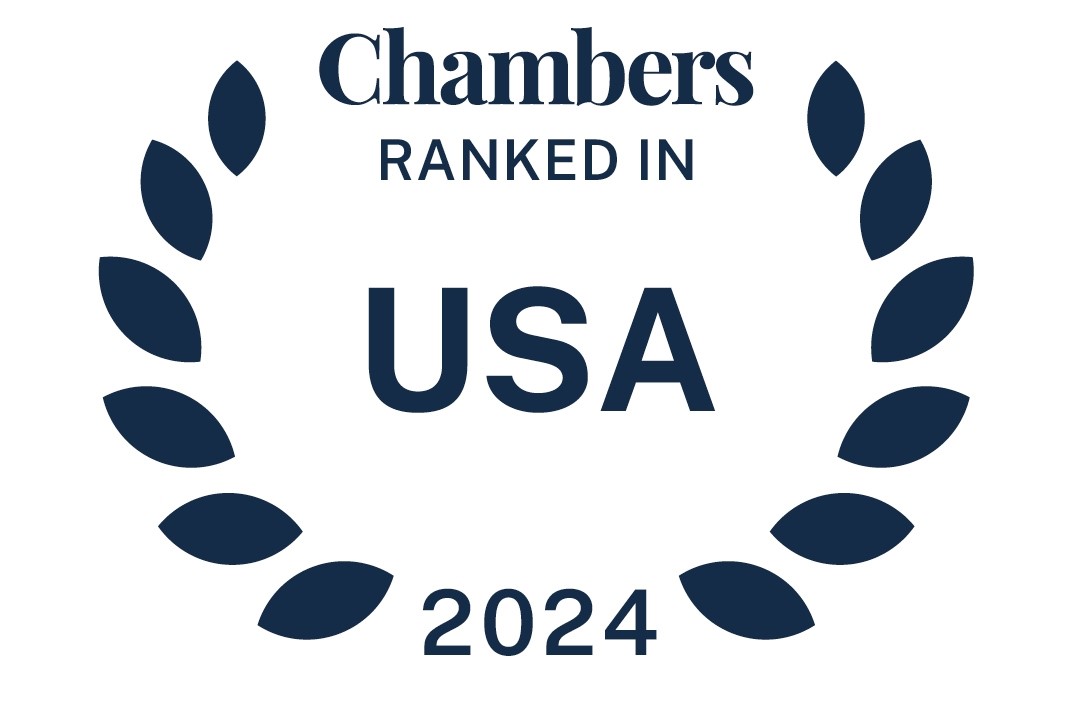How can HR professionals elevate their game to attract talent and spearhead innovative strategies?
In this ManageHR article, Elizabeth Vassolo, McDermott’s Global Head of Employment Brand, shares her perspective on emerging HR trends, highlights a game-changing project and offers actionable advice.
read more


 Subscribe
Subscribe




